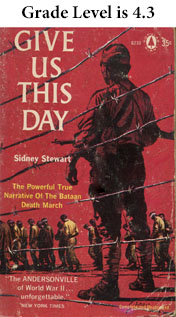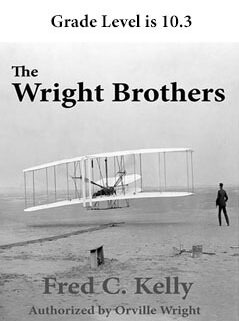James Madison: Father of the Constitution by Alfred Steinberg
The epub format below is for your Apple and Android devices including Send-to-Kinde.
As you may know, Amazon has changed to the epub format to use with the Send-to-Kindle program. A great feature of the Send-to-Kindle program is that the file will go directly to your Library folder, and not have to be searched for in ES File Explorer or another app. If you use the mobi format in Send-to-Kindle, you will now get an error message. You can see instructions about Send to Kindle at https://www.amazon.com/gp/sendtokindle/email.
If you or your students want to download directly from this web site to an Amazon device, you can use the mobi format below. When you find the mobi file in ES File Explorer, it will then open in the Kindle app on your tablet. If you download an epub file to your Amazon tablet, it will also open if you have an app such as Overdrive on your tablet. The Kindle app offers an excellent reading experience to start with. Overdrive may need some customization of font size. Download mobi file here.
The son of a Virginia planter, James Madison was at Princeton when he first became fired with an unshakable dream—the importance of a unified nation with freedom and liberty for all. This persistent idea was later to become the nucleus in his design for a strong national government under the rule of “We the people . . .”
A shy man of twenty-five, but with firm convictions, he was elected to the Virginia legislature and drafted a constitution for that state. Elected to the Continental Congress when he was not yet thirty, he served for four years, and later for another two. During this time he was instrumental in calling together a Federal Constitutional Convention, and was master architect in the actual drafting of the Constitution.
Always a champion of liberal causes, Madison had proposed amendments to the Constitution guaranteeing to the people such basic rights as freedom of speech, assembly and worship. When enacted, these amendments became part of the Bill of Rights, the keystone of American democracy.
Masterly in argument, shrewd in controversy, he helped repeal the hated Alien and Sedition Acts that threatened the rights of every American. And as Secretary of State under Jefferson, he was involved in such dramatic events as the Louisiana Purchase and the Hamilton-Burr duel.
As fourth president of the United Stales, Madison fell heir to the strained diplomatic relations with England that culminated in the War of 1812. When the British burned the White House, his wife Dolley saved the Declaration of Independence and the Constitution. In 1817 he retired to his Virginia estate where he wrote extensively on public affairs until his death at the age of eighty-five.
A penetrating portrayal of a man whose dedication to freedom helped shape America’s most important document.











